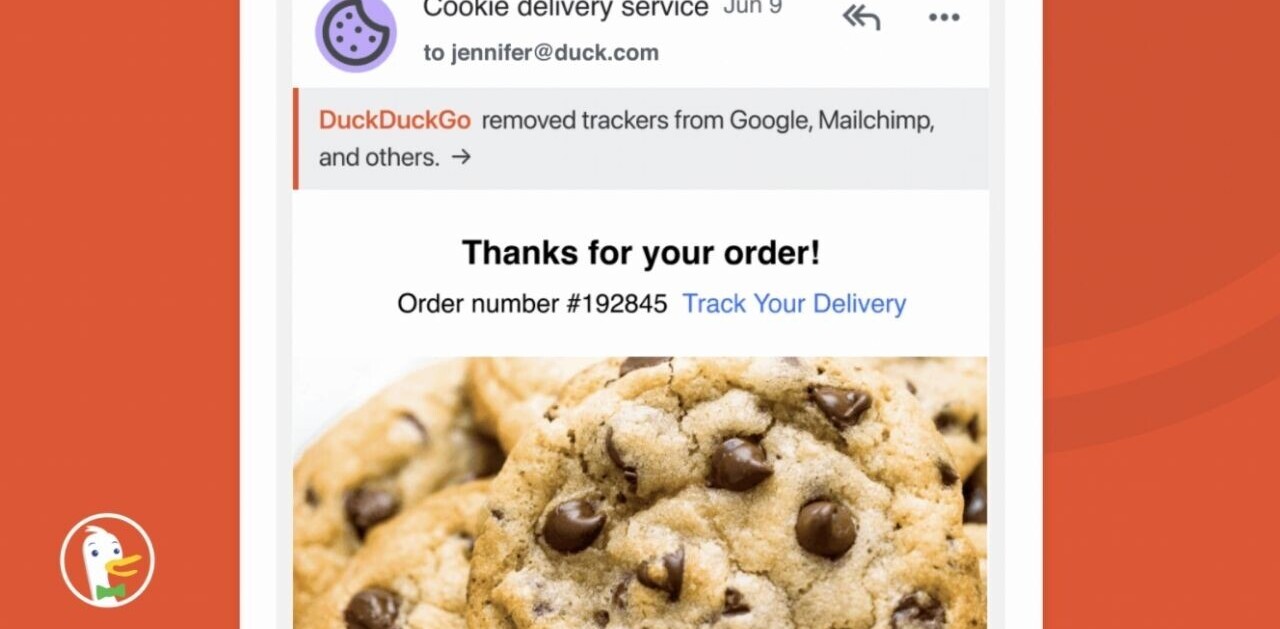
Is your email inbox taking over your work-life? Are you unable to get any “real” work done because you’re too busy responding to emails? Do you feel stressed, distracted, and overwhelmed when you see new emails pop up in your email inbox? You’re not alone. The average office-dwelling professional received 100 messages per day.
Your email inbox is a perfect distraction
Researchers have found that when people are interrupted during a task, by checking email, for instance, they tend to subsequently make up for the lost time by working faster. However, this comes at a cost — higher levels of stress and frustration. The more we respond to external triggers like an email, the more we train our brain in a neverending stimulus-response loop. We condition ourselves to respond instantly. Soon, it feels impossible to do what we’ve planned because we’re constantly reacting to external triggers instead of attending to what’s in front of us.
Read: [How to manage your inbox while working from home]
Perhaps the answer is to simply ignore the external trigger — ignore the email notification. Maybe if we don’t act on the notification then we can go about our business and quickly silence the interruption when it happens. Not so fast. A study published in the Journal of Experimental Psychology: Human Perception and Performance, found that receiving a cell phone notification but not replying to it was just as distracting as responding to a message or call.
Email is perhaps the mother of all habit-forming products. For one thing, it provides a variable reward. As the psychologist B.F. Skinner famously discovered, pigeons pecked at levers more often when given a reward on a variable schedule of reinforcement. Similarly, the email’s uncertainty keeps us checking and pecking. All of that uncertainty provides a powerful draw to see what we might find when we next open our email inbox.
Reduce your email communication
So, what’s the solution? Here is a way to get some relief from our constantly pinging inbox. As with many things in life that take more time and attention than we’d like, we can get our email inbox under full control. There are techniques we can deploy as part of our working routines to defuse the unhealthy magnetism of unread emails.
In order to reduce the total amount of time we spend on emails per day, we need to reduce the total number of messages received. To receive less email, we must send fewer emails.
Most of the emails we send and receive are not urgent. Yet, our brain’s weakness for variable rewards makes us treat every message in our email inbox as if it’s time-sensitive. That tendency conditions us to check constantly, return replies, and bark out whatever requests come to mind instantaneously. These are all mistakes.
You’d be amazed by how many things become irrelevant when we give them a little time to breathe. By asking the other party to wait a bit, we’ve given them the chance to come up with an answer for themselves — or, as is often the case, time for the problem to just disappear under the weight of some other priority.
Email inbox management: choose quality over quantity
In my case, I receive dozens of emails per day asking to discuss something related to my books. I love talking with my readers, but if I responded to each email, I wouldn’t have time for anything else. Instead, to reduce the number of emails I send and receive, I schedule “office hours.” Readers can book a fifteen-minute time slot with me on my website.
Scheduling office hours helps reduce the number of back-and-forth emails. The practice works for just about anyone who struggles with an overflowing email inbox. You are setting aside time now for the person in front of you so that you have fewer emails bouncing around later. While not every emailed question can wait for a weekly office hour, a significant number of messages are not as urgent as we first think and are better handled in person.
You may be thinking to yourself, maybe office hours can be useful, but emails are still really important. They’re likely much less important than you think. Researchers wrote in Harvard Business Review, “We estimate that 25 percent of that time is consumed reading emails that should not have been sent…and 25 percent is spent responding to emails that…should never have [been] answered.” In other words, about half of the time we spend on email is as productive as counting cracks in the ceiling.
Of course, email can still be a useful tool. But there are many situations where email hurts rather than helps. In the case of complex matters where tone and nuance are important, scheduling regular office hours can lead to better communication and fewer emails.
So the next time you receive a non-urgent question over email, try replying with something like, “I’ve held some time on Tuesdays and Thursdays from 4:00 p.m. to 5:00 p.m. If this is still a concern then, please stop by or schedule a meeting to discuss this further.” You can even set up an online schedule tool to let people book a timeslot.
If you’re still skeptical, try out this office hour technique for a week or two to see if it helps alleviate some of the emails you’re sending and receiving. After you test this out, leave a comment below and let me know how office hours have helped save you from your email inbox.
By proactively making time in your day for people to discuss important issues that would otherwise clog your email inbox, you’ll spend less time emailing and more time being indistractable.
This article was originally published on Nirandfar.com by Nir Eyal. You can read the original article here.
Get the TNW newsletter
Get the most important tech news in your inbox each week.




